📅 As part of its Annual Conference in Warschau, EPF organised a SIGN-AIR workshop on 21. June 2024. The workshop lasted 1,5 hours and around 25 EPF member representatives actively participated. The workshop focused on two aspects: air-rail connectivity & impact on passenger experience.
🚀 The SESAR-funded SIGN-AIR project is developing a platform that enables Transport Service Providers (TSPs) to reach Data Sharing Agreements and complementary Smart Contracts with other TSPS and to manage their contractual relationships, facilitating a smooth collaboration and successful multimodal transport.
💡 Key takeaways from the workshop:
- Air-rail connectivity index: a good idea? Overall, the idea to introduce an air-rail connectivity index, similar to what exists now for air only, was considered as a good idea. It was suggested that such an index should be multifaceted, because not all passengers will attach the same importance to the same criteria (e.g., for some users, accessibility -of the whole chain- is important, for others transfer time, for others price, …).
- Is the EU target for 90% of trips in 4 hours still relevant? This target was considered as possibly obsolete, at least for some trips. Considering security queues, check-in etc., even for air-only trips and even in case of a direct flight, door-to-door travel time is likely to be higher. 5 hours would cover more trips, especially when including also a (multimodal) transfer / a rail leg in the travel chain.
- Ranking factors to measure air-rail connectivity? When asked to rank five factors (transfer time – minimum transfer time – total travel time from A to B – flight duration – high-speed rail frequency) from most to least important, it was clear: top priority is travel time. The second priority would be frequency – especially of the second leg of the journey (whatever mode), because this impacts reliability of getting to the final destination.
- Other parameters to consider that affect connectivity and mode choice: accessibility (a necessity for passengers with reduced mobility), cost (price), carbon footprint, seamless travel (including luggage transfer, one security check-in, …), onward connectivity (solutions for the last mile) and especially: guaranteed arrival at the final destination in case of delay, which would be the highest priority!
- Impact on passenger experience: Implementing SIGN-AIR solutions (mobility packages; synchronisation of timetables; disruption management) could positively impact passenger experience – in terms of resilience and reliability, flexibility and available offer, multimodality / interoperability, easier information and ticketing, speed/travel time and price/value for money (insofar as the service is improved).
- How to monitor / measure passenger experience in multimodal transport? The answer was clear: survey passengers – before and after – and ask them (to measure on a scale) if they are happy. The best indication would be to monitor how many people are using a service and ask if they would “do it again”. For multimodal trips, ease of wayfinding and occurrence of ‘unplanned’ events would be specifically relevant to monitor.
🔍 Check out the website for more information on SIGN-AIR: https://sign-air.eu/ and follow us on 🖇 Linkedin


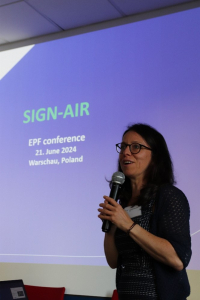
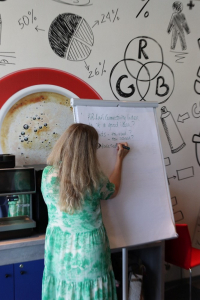
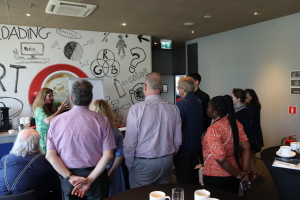
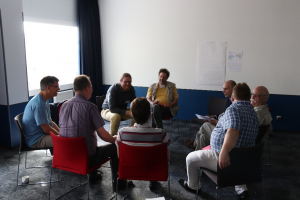
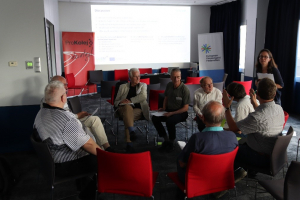
 Stay informed!
Stay informed!